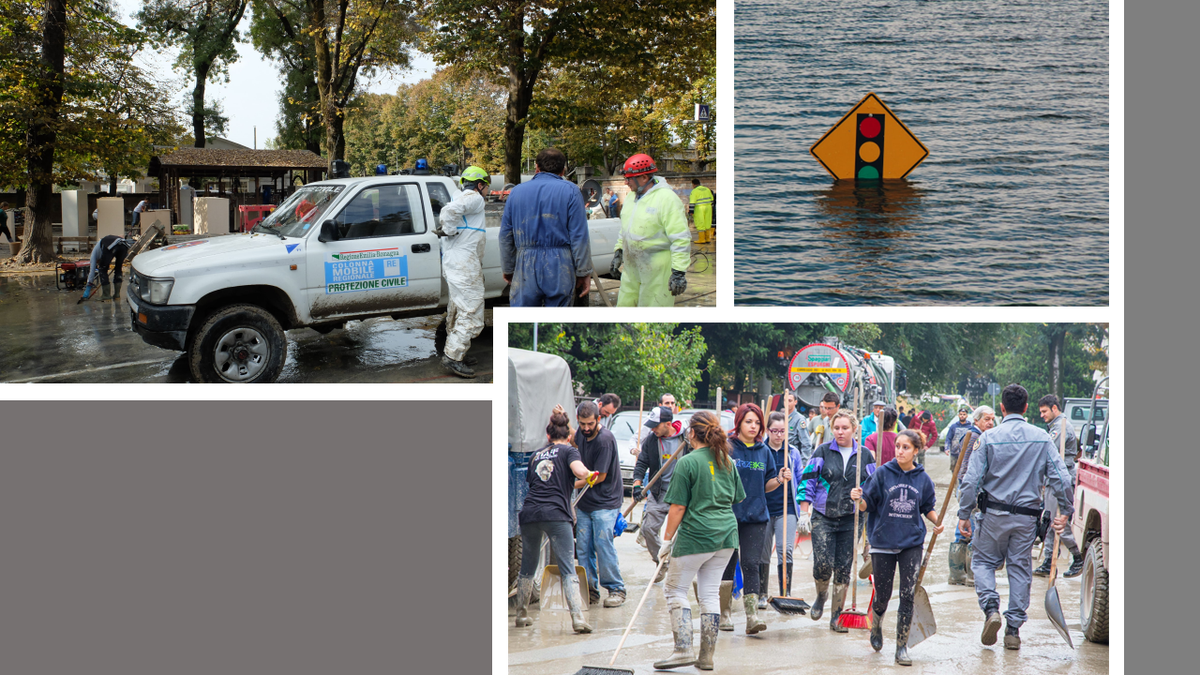Research Impact and spill-over
Cultural heritage as a resource to foster disaster resilience

RESTART - Resilience and Territorial Development, Heritage at Risk and its Safeguard promotes an inclusive and strongly synergetic approach in favour of increasing the resilience of the territory and of the citizenship with respect to significative risks.
The project strategy foresees an active and inclusive involvement of Local Authorities and Institutions, to understand the transversal needs of the territory, and of the citizens, to foster their resilience through a shared and co-participated management of the heritage at risk.
As for the territory, the development of shared operational plans will allow timely intervention when emergency conditions occur. In addition, the assessment of the adaptability of active defence strategies of cultural heritage elements will allow the institutions to use and implement practical defence tools.
With regard to citizens, the project will stimulate a shared reflection on how the deprivation of historical and cultural remembrance and testimonies has direct repercussions on the territory and the community, resulting in the disappearance of identity values and social cohesion. In perspective, this will contribute to the establishment of a "culture of risk" that allows for conscious behaviour during and after an emergency phase.